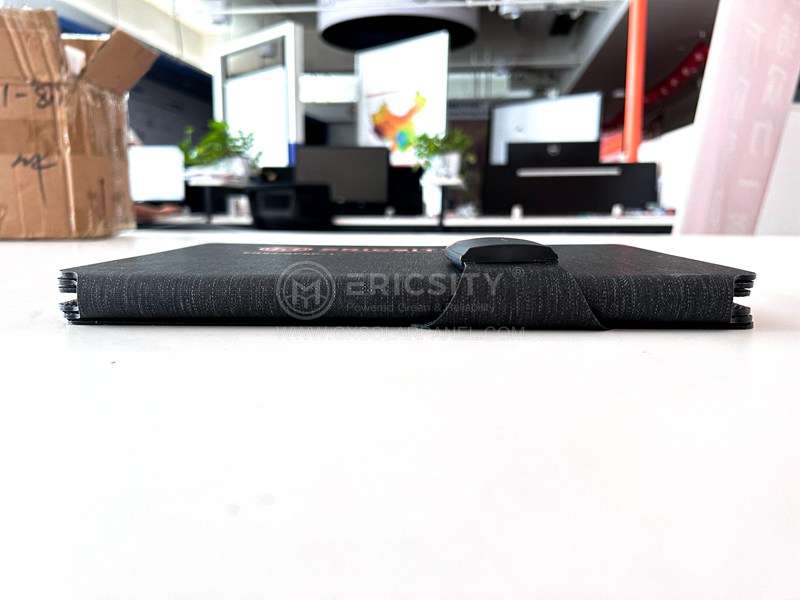HOT PRODUCT
Product Details
semi-flexible Solar Panels: A Green Solution For A Brighter Future
Title: Semi-Flexible Solar Panels: A Green Solution For A Brighter Future
Introduction (60 words):
In the pursuit of sustainable energy sources, semi-flexible solar panels have emerged as an innovative solution. These panels combine the benefits of traditional rigid solar panels with the added advantage of flexibility, making them highly versatile and adaptable. This article explores how semi-flexible solar panels work, their applications, advantages, and their potential to transform the energy landscape for a brighter and greener future.
1. How Do Semi-Flexible Solar Panels Work? (120 words):
Semi-flexible solar panels utilize the same photovoltaic technology as traditional solar panels. They consist of photovoltaic cells that convert sunlight into electrical energy. These cells are encapsulated in a flexible material, usually a polymer, which makes the panel bendable to a certain degree. This flexibility is achieved through using thin-film technologies, such as amorphous silicon or copper indium gallium selenide (CIGS), instead of rigid crystalline silicon commonly found in traditional panels. The thin-film design allows semi-flexible panels to retain their ability to generate electricity while conforming to curved or uneven surfaces.
2. Applications and Advantages (180 words):
The versatility offered by semi-flexible solar panels opens up a wide range of applications. These panels are ideal for curved surfaces like vehicles, boats, and other contoured structures that cannot accommodate traditional rigid panels. Semi-flexible panels can be easily integrated into architectural designs, such as building facades or roofing systems, enabling aesthetically pleasing and energy-generating structures.

Furthermore, semi-flexible panels are lightweight and durable, making them suitable for portable applications like camping equipment, backpacks, and charging stations for mobile devices. Their flexibility also makes them more resistant to cracking or damage from slight impacts or vibrations.
In addition to being adaptable, semi-flexible panels are highly efficient. Thin-film technologies have improved over recent years, increasing their conversion efficiency. Moreover, semi-flexible panels continue to generate electricity even under low-light conditions, ensuring energy production even on cloudy days or in shaded areas.

3. Environmental Impact and Future Prospects (180 words):
The adoption of semi-flexible solar panels presents significant environmental benefits. As a renewable and clean energy source, solar power helps reduce dependence on fossil fuels and lowers greenhouse gas emissions. Semi-flexible panels provide a sustainable solution that can be integrated into various sectors, reducing the world’s carbon footprint.
Looking ahead, the future prospects for semi-flexible solar panels are promising. Ongoing research aims to enhance their energy conversion efficiency and flexibility further, making them even more versatile and cost-effective. As advancements continue, it is anticipated that the production costs for semi-flexible panels will decrease, making them more accessible to a wider audience.
Conclusion (60 words):
Semi-flexible solar panels offer a green and sustainable solution for a brighter future. Their ability to generate electricity while conforming to curved surfaces and their diverse applications make them an attractive option for enhanced energy generation. With ongoing technological advancements, the efficiency and affordability of semi-flexible panels are expected to improve, driving wider adoption and contributing to a greener and more sustainable world.




